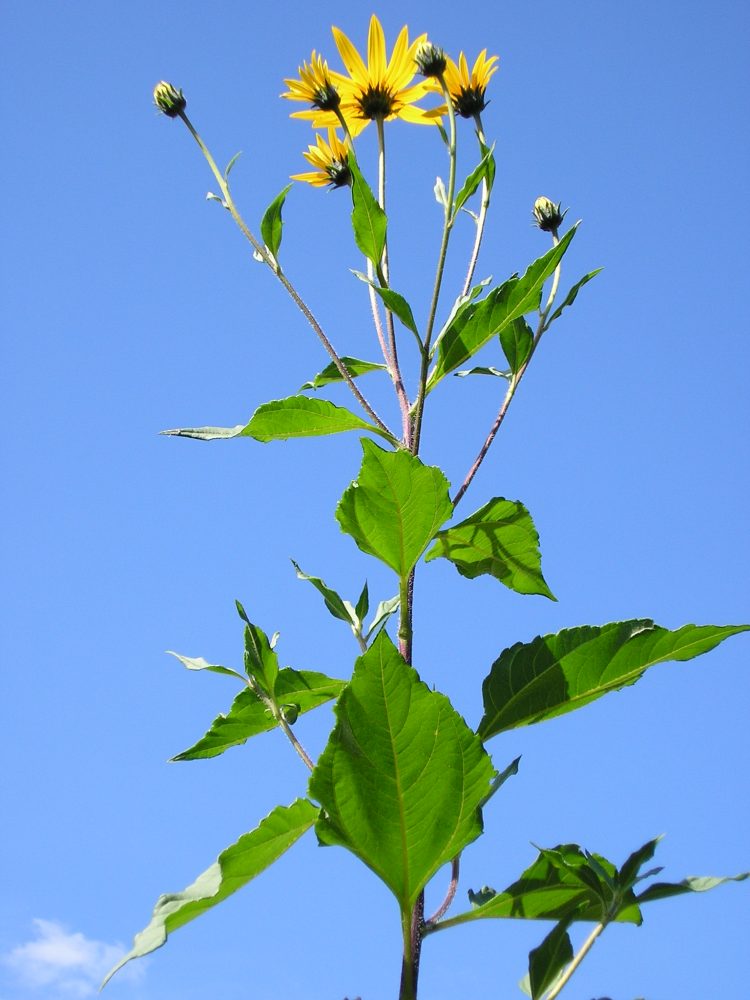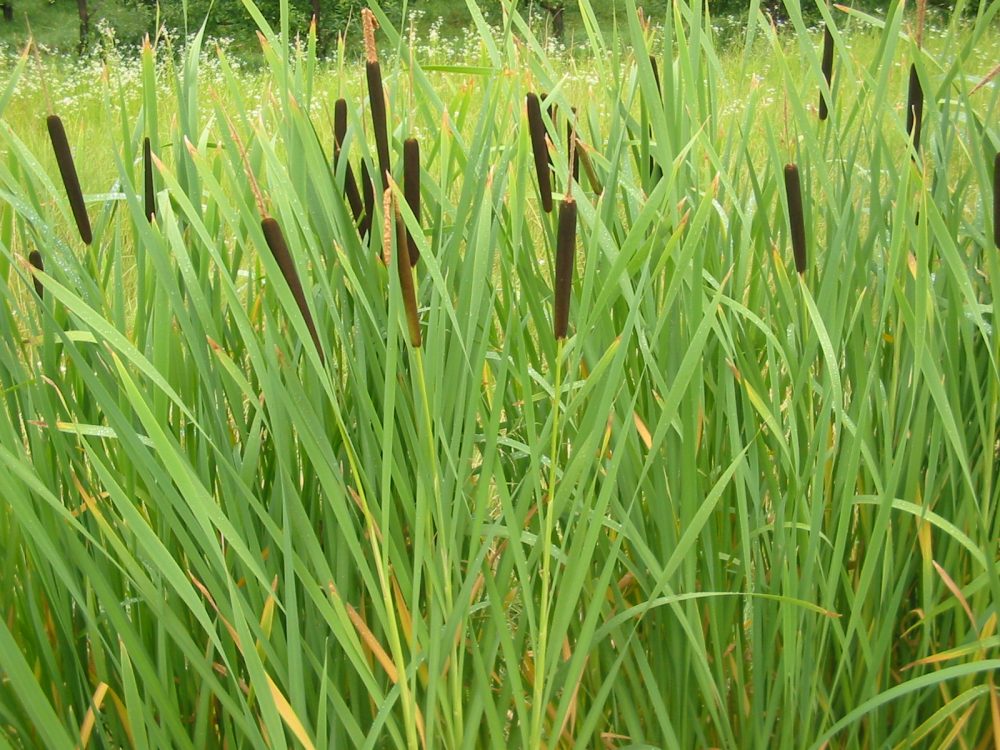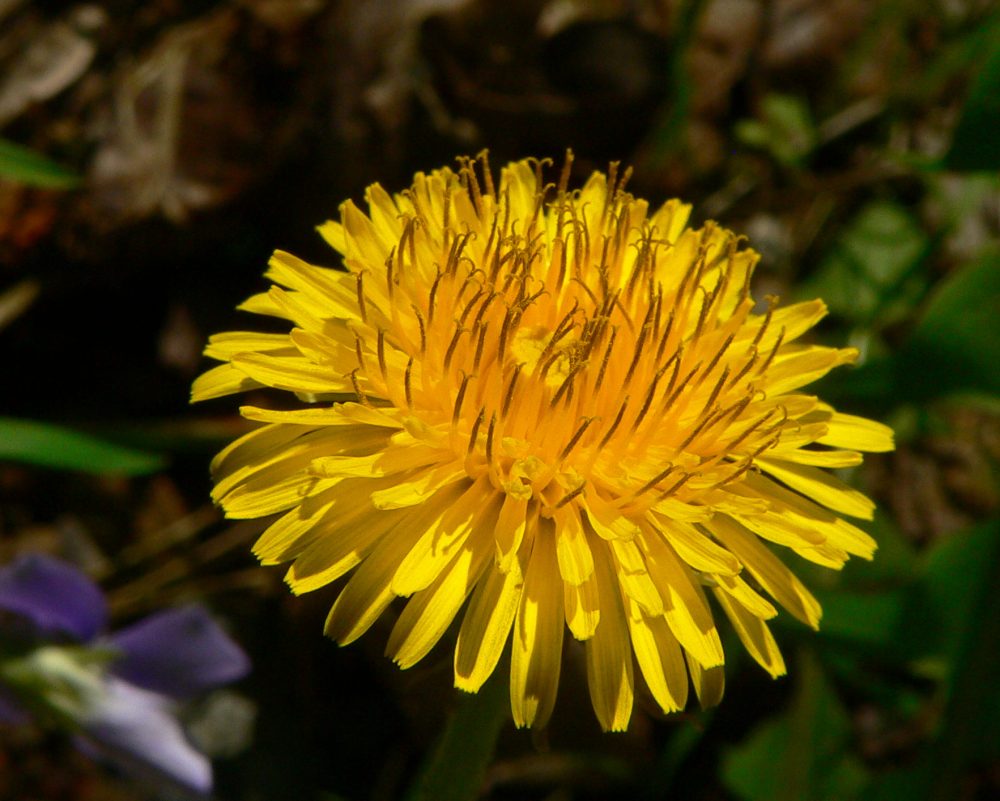Teddy Roosevelt advised, “Do the best you can, with what you have, where you are.” Excellent advice when foraging food in a survival situation, because the real life hunter-gatherer has always been more of a gatherer-hunter—it’s just that the hunting and fishing part is more fun.
Some aboriginal Americans raised corn, squash and beans, but nomadic people followed suitable vegetation and animals for a living, doing fine as long as population pressure didn’t exceed nature’s bounty.
Man tends to be omnivorous, and vegetables are easier to catch. Nibbling your stash of freeze-dried chow in a warm house is living high on the hog, not “surviving.” Being cold, wet, hungry, alone and eating what’s there because you know what’s good, is our working definition here. And “what’s there” can be really good.
Neolithic Americans didn’t “survive” here, they just lived here, thank you very much, and you can too, if you know how. Food that can’t escape is even more important when for some reason you must keep moving. You may not have time to catch/dress/cook game, but you can graze veggies on the run.
The reason we find a particular vegetable marketed as food has more to do with its amenability to mechanical harvest and efficient shipping and storage than tastiness and nutritional value. A weed is simply a plant growing where you don’t want it, and many of the weeds of wilderness, fencerow and field are fair game.
Learn to cast a broader net as you glean “where you are,” and you will find that these Rodney Dangerfields of the plant world are tastier than what you can buy, often more nutritious—and free. These good options for survival chow are all over. Reviewing some of the more universal weeds, we found pressure from high-class yuppie restaurants—not “preppers”—finally bringing some of these worthies to market and menu, such as purslane.
Common cattail, the ubiquitous survival food. You can leave home without it, because it’ll probably be where you go, if there is water.
Table of Contents
CATTAIL
This one’s a gimme. Typha latifolia, common cattail, or one of its varieties, is found all over the Northern Hemisphere. There is everything to like about this plant: it’s all edible (and tasty!), easy to ID and easy to harvest, making it an excellent survival food. The tough, fibrous root is edible any time of year.
Thoroughly clean them and pound chunks in a container of water to separate the starch, which may be collected by filtering, letting it settle, or boiling down. The starch water acts very much like cornstarch when added as a gravy thickener. Dried, use as flour.
In spring, the young shoots are tasty raw or cooked. The female part of the flower, which looks like a hotdog at the end of the stalk, may be boiled when immature and eaten like miniature corn on the cob. The male part, the spike on top of the hotdog, has an incredible amount of pollen, which can be shaken into a bag and used as flour, boiled for a porridge or gruel, or roasted and added to meatloaf, etc. It is very high in protein.
Choosing between survival at a pond with catfish or a pond with cattails would be hard. Of course, cattails are easier to catch with no tools.
Native to North America and Europe, purslane is tasty, nutritious, and common. Good cooked or raw.
PURSLANE
Purslane (Portulaca olearacea) isn’t just some goat fodder only Euell Gibbons could love. It’s a juicy, crisp succulent that grows close to the ground, lavishly if in good soil with adequate water.
Purslane has six times more vitamin E than spinach, seven times more beta-carotene than carrots, and the stems are rich in vitamin C. It contains glutathione, riboflavin, potassium, magnesium, phosphorus, omega-3 fatty acids, and tryptophan. Pick early or late in the day or after a good rain. It’s tasty, very much like the Miner’s Lettuce that grows along the West Coast, sometimes like slightly tart-spicy lettuce. Cooked, purslane tastes like spinach. A great salad green or potherb, you can sauté it as a side dish, in olive oil with some chopped onions and garlic. Purslane will fit right in most recipes as a superior substitute for spinach or chard. Long a popular veggie in southern Europe, it is native up into Canada.
Purslane is easy to ID, with its round, smooth stems growing flat to the ground, wedge-shaped succulent leaves, and small yellow flowers. Young plants have a green stem, and the stem turns red as the plant gets older. For best flavor and texture, go for the young stuff.

JERUSALEM ARTICHOKE
This delightful tuber (Helianthus tuberosus) is no artichoke but a native sunflower, and has nothing to do with Jerusalem. Containing almost no starch (it stores its carbs as inulin), when boiled this tuber does have a flavor that reminds you of artichoke.
Unmolested, the gnarly root tuber of this perennial will continue to grow into a large root mass a few inches below the soil, weighing several pounds, and is easy to harvest from the wild in soft soil.
Marketed as a “Sun Choke,” various cultivars are available in seed catalogs. It has even been promoted in pyramid schemes as the next save-the-planet plant for food and fuel. In Germany, it’s used to make booze called “Topinambur.” It gives some people gas, but is that a bad thing?
Jerusalem artichoke has excellent nutritional value (it’s particularly high in minerals) and minimal starch, and will substitute in most recipes that call for a boiled potato: soups, stews, casseroles, or just boiled and dressed with butter or gravy. It can be shredded as a nice addition to salads, and makes the best water-chestnut substitute there is in stir-fry recipes. Its skin is very thin, and the only reason to peel it is for esthetics. It grows seven to eight feet, looking like a small sunflower, which makes them easy to spot in the wild. They can even be dried and milled for flour.
DANDELION
Everybody knows the ubiquitous weed dandelion (Taraxacum officinale), but not everybody knows it comprises groceries. Early spring leaves make good (if strong) salad greens or potherbs, and a good component for omelets and quiche. The flowers make a wine that looks and tastes rather like beer. The root can be roasted and ground to make a chicory-like coffee substitute. Many health benefits are ascribed to dandelion, but note that it is a diuretic. It’s a popular “spring tonic” green among country folk.
An obnoxious, but not noxious, weed. Maybe you’ll feel better about dandelions if you eat some?
LAMB’S QUARTER
This plant (most common is Chenopodium album) thrives all over North and Central America. It was grown as a crop by North American natives and is still grown as one in Mexico. The whole plant, including seeds, is edible, but the young and tender leaves are the tastiest. They can be eaten as salad greens, steamed, boiled or used as a component as you would use spinach.
Some people think they taste like spinach, just like many folks say reptilian mystery meat tastes like chicken. Personally, I think lamb’s quarter tastes more like something in the mustard family with a few leaves of Swiss chard thrown in the pot. At any rate, lamb’s quarter is generally rated as one of the tastier weeds, and is available from spring to the first hard frost in temperate regions.
Its sage-green, diamond-shaped leaves (often coated with a white powder on the underside) make it easy to ID. The shape of the leaves has given it a common nickname of “goose foot.” Interestingly, water will not wet the raw leaves. It commonly grows from two to five feet tall in good conditions.
Only the British deign to eat nettles raw, but they are common and uncommonly tasty when cooked, or dried for tea.
NETTLES
Nettles (Urtica dioica) is a perennial found in the moist areas of Europe and North America. It requires moisture, and if also given rich soil and cool temperatures such as in the Pacific Northwest, grows in rank profusion from seven to eight feet tall. It is native to all the U.S. states except Hawaii. It has long been a staple food component in the British Isles and Scandinavia, often in the rich soil where there have been old barns and outhouses. Native Americans harvested the greens, primarily in the spring, before more friendly greens were available.
Probably best known for their use in the British nettle soup, when boiled, nettles are suitable for any use where one could use spinach—plus numerous therapeutic uses for various ailments, even simply dried for making a healthy tea. Again, some say it tastes like spinach. To me, it tastes a little like spinach with some green tea thrown in.
A great deal of scientific research has been done on the medicinal properties of the “stinging” nettle. The “stinging” part of the nettle contains acetylcholine, histamine, 5-HT or serotonin, and possibly formic acid, encased in fragile pointed spines that penetrate the skin and release the irritants when the plant is gently brushed. Rudely handled, the spines tend to break off ineffectually, thus the poet’s advice to “grasp the nettle like a lad of mettle…”
Folk remedies abound to cure the stings. The best one I’ve come across is to briskly rub the affected area—immediately—with a handful of the leaves. Yeah, I know, “hair of the dog,” but it works for me.
The easy way to harvest a lot of nettles—with gloves—is to cut the stalk at the bottom, trim it up to where the good leaves start, hold the top in one hand and strip downward with the other hand. They’ll tend to sweep right off.
Malva neglecta is an example of small mallow in North America. Found all over the world, it is often unrecognized, but is an important source of nutrition, especially in a survival situation.
SMALL MALLOW
If you are not familiar with Malva neglecta and Malva parviflora, the commonest varieties found in North America, I can see a question forming on your lips. The answer is yes: there is a relationship between this plant and the common marshmallow. The root from the marshland cousin (Althaea officinalis) of this mallow was used for its gooey sap as the basis for the original marshmallow confection (Do not confuse the name with desert “mallow” [sic], which rather resembles a snapdragon plant with a flat orange flower and is toxic).
Originally from Europe but now found all over, mallow is also called “cheese plant” because its seeds look like miniature green wheels of cheese. The small flowers vary from light pink to purple. ID can be confirmed by their very long, fibrous tap root.
The whole plant is edible, although like most greens, small mallow is best when young and tender. It’s a tasty component for salads or as a cooked green. Its mucilaginous sap may remind you of okra. Very nutritious, it’s a good source of calcium and magnesium, and also contains potassium, iron, selenium, and vitamins A and C. The juice is used for various digestive disorders, for its mucilaginous polysaccharides that are much like aloe vera, or as a topical medicine.
The nutlike, labor-intensive seeds are eaten in Europe. It has been studied as a crop for starving people who do not have resources to grow anything else. They certainly could do worse.
Clover’s tender leaves are a good green and a great cooked veggie. Dried flowers make a superb tea, and the seeds mill to a high-quality flour.
CLOVER
Let’s close with another gimme, one that’s underfoot and underrated. There are more than 300 varieties of clover, but most commonly encountered are the widely cultivated clovers—white clover (Trifolium repens) and red clover (Trifolium pretense). Being widely distributed and abundant, clovers are another “weed” that is both a staple and an excellent survival food. Clover is high in protein. Although traditionally used in sandwiches, clover is not easy to digest raw, but can be juiced or boiled for five to ten minutes for greens or added to any dish that uses greens.
Dried flower heads and seedpods can be ground into nutritious flour and mixed with other foods. Dried flower heads can also be steeped in hot water for healthy, tasty tea. What’s not to like about clover? Bazillions of rabbits can’t be wrong, and pioneers ate it on westward wagon trains to prevent scurvy.
YOUR TURN
We’ve covered a sampling here that you’ve probably seen, and that may pique your interest to give the genre a fair trial. You and your own palate can take it from there. Get a good color field guide for positive ID, as “unknowns” can be toxic. The weeds listed here have been eaten for centuries, and they’re still good and good for you.












